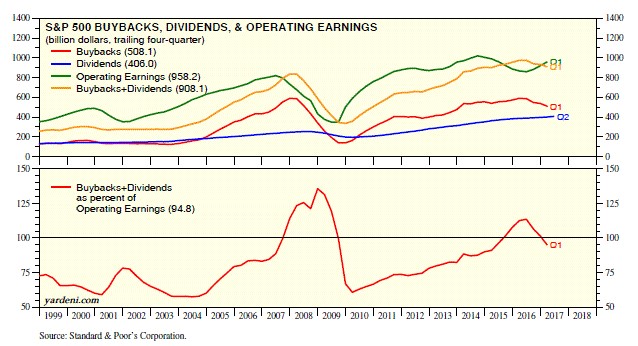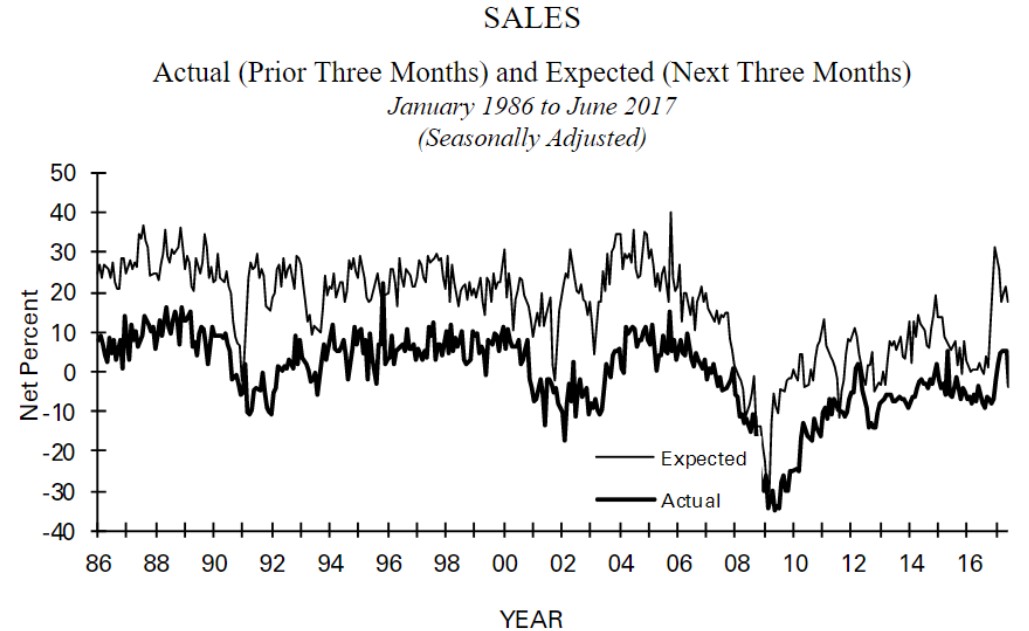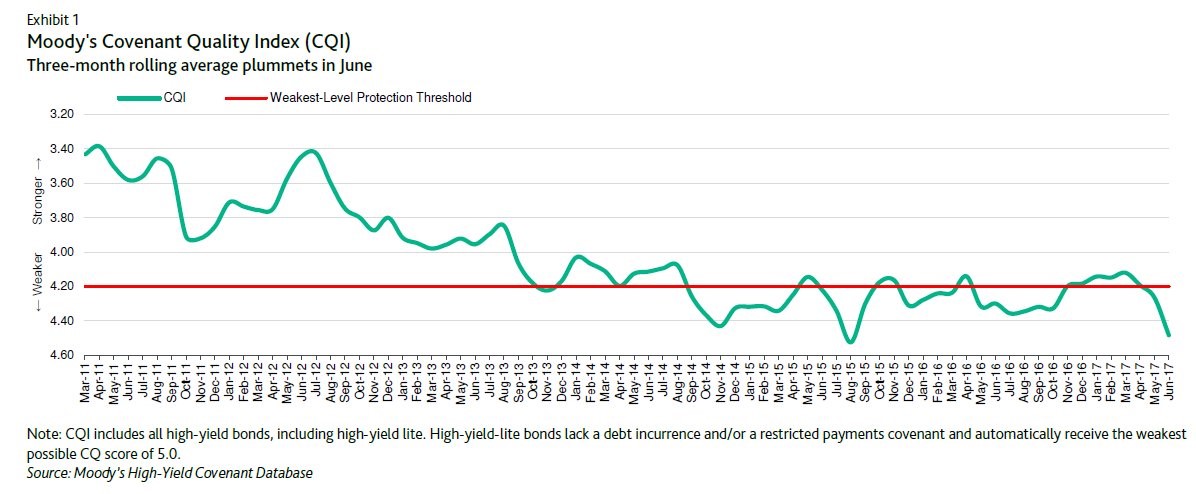UPFINA's Mission: The pursuit of truth in finance and economics to form an unbiased view of current events in order to understand human action, its causes and effects. Read about us and our mission here.
Reading Time: 5 minutes
Credit markets are the lifeblood of the economy, therefore accurately determining the conditions and trends is vital to understand future probabilities. Some people in the doom and gloom category of the investment landscape like to say that debt is always bad. The reality is more nuanced than that. Debt that is used to productively invest in new sustainable businesses that as a function of profits is paid off is good. Debt which can only be paid back with new debt or not at all is not productive.
For personal use, most goods that you put on your credit card count as bad debt because the interest rate is high and the stuff you buy will likely lose value quickly. The two types of good debt are debt that you can use to make more money and debt in an asset which doesn’t depreciate. Student loans and car loans would be debt that allows you to make more money as a college education can help you get a job (if you pick the right major) and a car brings you to work. A house would be an example of an asset which generally maintains it’s worth (as long as you don’t buy it at peak extreme values), and as long as you invest capital to maintain it.
For the economy, in the near-term debt is always good because when banks are willing to give out loans and there’s demand for them, it means the economy is expanding. In the long-run if the debt was given out to bad businesses who can’t pay it back, the debt is bad. An addendum to this is that if good businesses take out too much debt, the debt automatically becomes bad.
The chart below gives you a glimpse of the debt cycle as well as when you should buy stocks. It shows the relationship between buybacks plus dividends and operating earnings. When the capital returns get above operating earnings, it’s a sign businesses are taking out debt to pay shareholders. That becomes dangerous as stocks are artificially inflated without the earnings power to back them up. It’s notable that dividends are more stable than buybacks because shareholders hate when dividends are cut as many rely on the income. Firms use their consistent dividend payments as a selling point to buy their stock. As a rule of thumb, when the operating earnings are less than capital returns, it makes sense to sell stocks and when it’s greater than capital returns it makes sense to buy stocks. Using that metric, now would be a good time to buy.
Small businesses aren’t calculated in most major stats because they aren’t publicly traded. Small businesses have created 66% of net new jobs since the 1970s, so they are very important to the economy and must be studied closely. One of the most comprehensive small business surveys is done by NFIB. As you can see in the survey below, the loan availability for small businesses is strong, in fact nearly as strong as it has been since 1986. This could also suggest that we are potentially at near peak loan availability for small business, however we are in an environment where small businesses could expand and hire new workers if they see strong sales growth.
The chart below shows actual sales and 3-month estimates. The gridlock in Washington is hurting expectations because they shot up at the possibility of tax cuts and regulation reform after the election. Now the reality that not much is getting done is putting a damper on the hopes of small businesses. The problem in Washington is that it needs to pass healthcare reform before stimulus because the cuts to healthcare spending will fund the tax cuts. The healthcare bill was passed by the House, but it is stuck in the Senate. The GOP only has 52 senators meaning almost everyone must get on board to pass it. It’s also very unpopular as a Quinnipiac poll showed 58% dislike it and 16% like it. If it does get passed, the GOP may want to save face by quickly cutting taxes before the 2018 mid-term election which would boost small business morale and sales.
While most indicators surrounding credit are positive (such as C&I lending), not everything is showing the economy is rolling on all cylinders. The chart below shows Moody’s Covenant Quality Index. The CQI measures the quality of debt deals. For example, if a junk bond is covenant lite and it lacks debt incurrence or a restricted payments covenant, it gets a 5.0 which is the worst score. A covenant lite loan is a loan which lacks restrictions. For example, on normal loans if the firm’s balance sheet weakens, the strings are pulled to prevent further damage. These risky covenant lite loans have higher yields which is why they have become popular in a low yield environment. As you can see in the chart below, recently the CQI reached an all-time low meaning loans are of very low quality.
A good analogy to this debt situation is the liar loans of the early 2000s during the housing bubble. Some people would lie about their employment and put no money down to get a house. The banks permitted and encouraged this because houses were perceived to always go up in value and because there was investor demand for repackaged loans called mortgage back securities. While I’m not implying that businesses are falsifying documents for these loans, the next recession will show who was ‘swimming naked.’ This is the first cycle where these covenant lite loans have become popular. Lenders are really digging deep, giving out loans to literally anyone. That might not be a great sign when sales plummet as the debt repayments come due.
Conclusion
For the most part, the economy is on strong footing in terms of credit flowing through the system. Small businesses are getting the loans they need to make payroll and possibly expand. This explains why GDP is growing at about a 2% clip in 2017 and stocks are rallying. The future, however, is grim because corporate debt to GDP is near a record high and that debt is downright gruesome. As you can see in the CQI index, the quality of debt is low, much like the lead-up to the 2008 financial crisis. High debt and low quality is a toxic combination which will cause big pain to lenders when the economy turns.
Have comments? Join the conversation on Twitter.
Disclaimer: The content on this site is for general informational and entertainment purposes only and should not be construed as financial advice. You agree that any decision you make will be based upon an independent investigation by a certified professional. Please read full disclaimer and privacy policy before reading any of our content.














